Yesterday (November 24), the South China Morning Post reported that China has built a prototype nuclear reactor for its next aircraft carrier.
Increase the number
The effort is aimed at advancing Beijing’s long-term ambition to project naval power far from its shores. Some information related to China’s long-term development plan shows that the country aims to have six aircraft carriers by 2035.
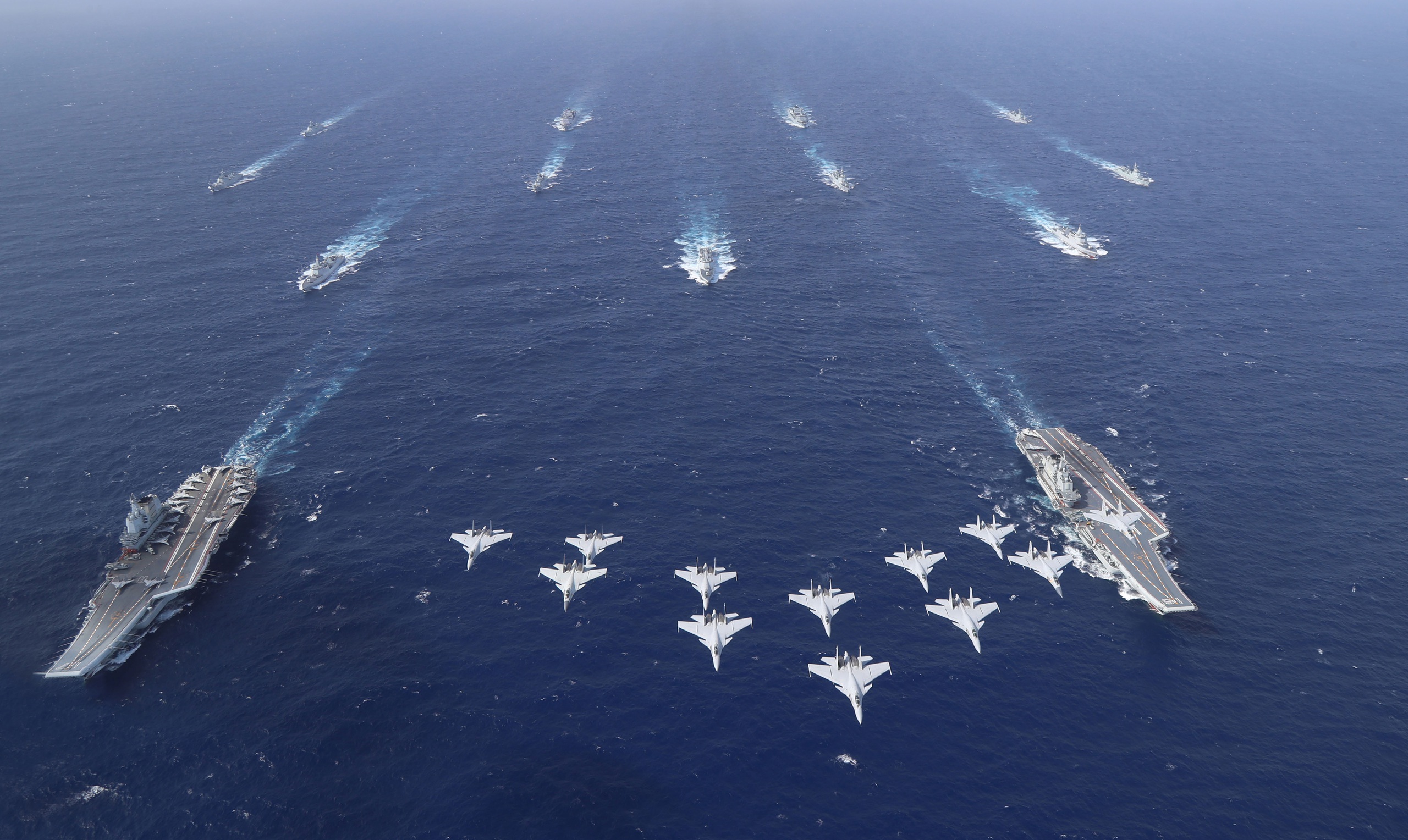
In late October, China deployed two aircraft carriers, Liaoning and Shandong, for the first time to conduct joint exercises in the East Sea.
Currently, China has 3 aircraft carriers: Liaoning, Shandong and Fujian. Of these, Liaoning and Shandong are operational but the aircraft launch system still depends on the upturned bow design. Fujian is more modern with an electromagnetic aircraft launch system. However, all 3 of these ships use conventional fuel.
Meanwhile, nuclear-powered aircraft carriers do not need to refuel as often, giving them a much greater range and allowing them to carry more fuel and weapons for their aircraft. With nuclear-powered engines, aircraft carriers can even travel around the world without refueling.
Improve quality
Along with adding more aircraft carriers, China is said to be about to deploy the fifth-generation stealth fighter J-35 to operate on aircraft carriers. The South China Morning Post recently quoted a senior engineer from the giant Aerospace Industry Corporation of China (AVIC), revealing that "both the J-15 and J-35 will be deployed on aircraft carriers".
Recently, China has deployed the J-15 for aircraft carriers. However, this aircraft is quite heavy, with a large take-off weight compared to many other aircraft carrier-based fighter series such as the F/A-18 (US), Mig-29 (India)... This means that the J-15 cannot carry many weapons when taking off from an aircraft carrier, leading to a decrease in combat capability. Therefore, if equipped with the J-35, the combat capability of Chinese aircraft carriers can be enhanced.
Recently, at the end of October, China for the first time deployed two aircraft carrier strike groups, Liaoning and Shandong, to conduct exercises in the East Sea at the same time. Commenting on this development when answering Thanh Nien , Professor Stephen Robert Nagy (International Christian University - Japan, scholar at the Japan Institute of International Studies) said: "China wants to demonstrate its overwhelming position in the region through absolute naval superiority. They hope that through the display of naval assets, they can prevent external forces from conducting military activities in the East Sea."
Also responding to Thanh Nien , a former US Navy colonel, who held an important role in the US military's Indo-Pacific Command, assessed that deploying two aircraft carriers to conduct exercises at the same time would enhance combat capabilities. Specifically, the colonel stated: "Operating two aircraft carrier strike groups close together at the same time would be much more difficult than operating one aircraft carrier strike group."
That’s because each carrier strike group consists of multiple ships, including the carrier’s escorts. The two groups must stay close enough to support each other, but this poses a number of problems: avoiding sensors and weapons systems from interfering with each other within the group or risking “self-jamming” or, worse, mistakenly attacking each other in a fight. It also requires a nearly doubling of logistical capacity.
Therefore, the above expert assessed that the exercise with the participation of two aircraft carriers at the same time is China's effort to improve its ability to coordinate operations to a proficient level before the official operation of the Fujian ship expected in 2026. At that time, Beijing will not only increase the number of ships but also truly improve its aircraft carrier combat capabilities.
Developing AK-47 for drones
On the same day, November 24, the South China Morning Post reported that Chinese scientists are developing an automatic rifle based on the AK-47. This gun also uses 7.62 mm bullets, with a bullet speed of 740 - 900 m/s. However, the most outstanding advantage is that the gun does not have a recoil phenomenon when fired, so it will be used to equip unmanned aircraft.
Source: https://thanhnien.vn/trung-quoc-tang-cuong-suc-manh-tac-chien-tau-san-bay-185241124223815642.htm


![[Photo] Closing of the 4th Summit of the Partnership for Green Growth and the Global Goals](https://vstatic.vietnam.vn/vietnam/resource/IMAGE/2025/4/17/c0a0df9852c84e58be0a8b939189c85a)
![[Photo] General Secretary To Lam receives CEO of Warburg Pincus Investment Fund (USA)](https://vstatic.vietnam.vn/vietnam/resource/IMAGE/2025/4/18/7cf9375299164ea1a7ee9dcb4b04166a)
![[Photo] Nhan Dan Newspaper announces the project "Love Vietnam so much"](https://vstatic.vietnam.vn/vietnam/resource/IMAGE/2025/4/17/362f882012d3432783fc92fab1b3e980)
![[Photo] The beauty of Ho Chi Minh City - a modern "super city" after 50 years of liberation](https://vstatic.vietnam.vn/vietnam/resource/IMAGE/2025/4/18/81f27acd8889496990ec53efad1c5399)

![[Photo] National Assembly Chairman Tran Thanh Man meets with outstanding workers in the oil and gas industry](https://vstatic.vietnam.vn/vietnam/resource/IMAGE/2025/4/17/1d0de4026b75434ab34279624db7ee4a)







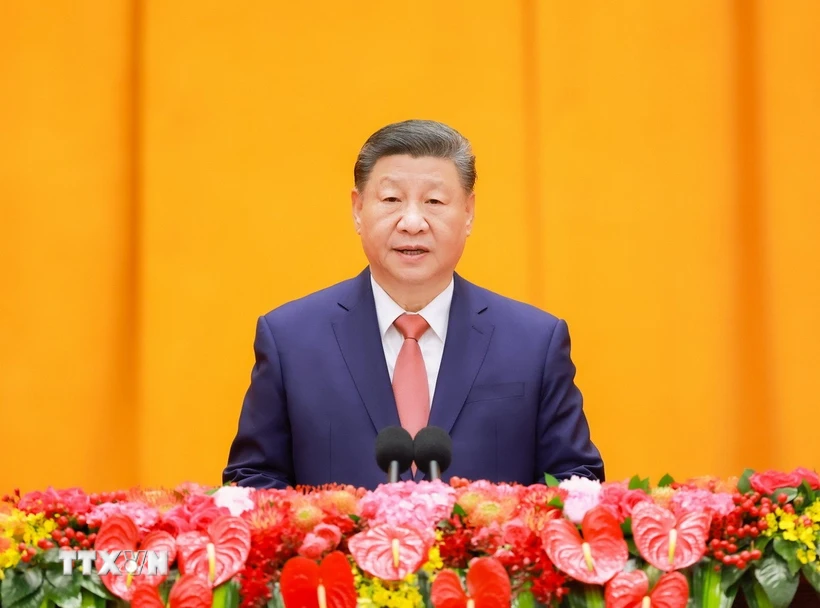

















![[Photo] Promoting friendship, solidarity and cooperation between the armies and people of the two countries](https://vstatic.vietnam.vn/vietnam/resource/IMAGE/2025/4/17/0c4d087864f14092aed77252590b6bae)

























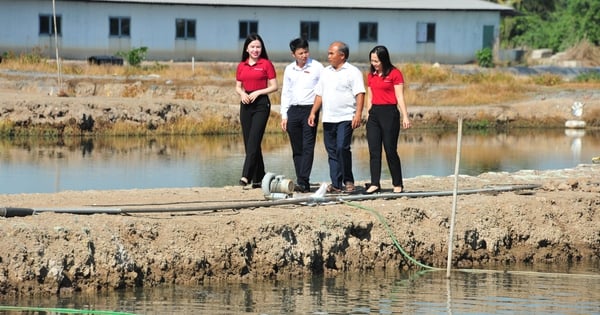

















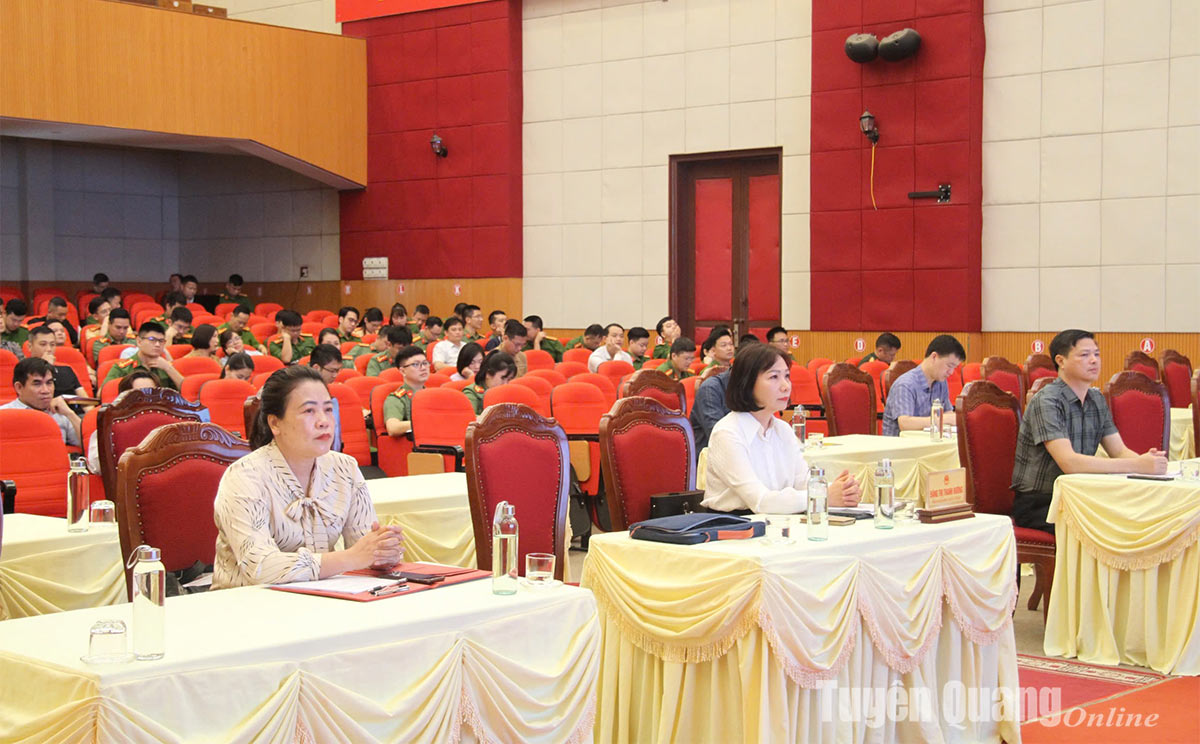

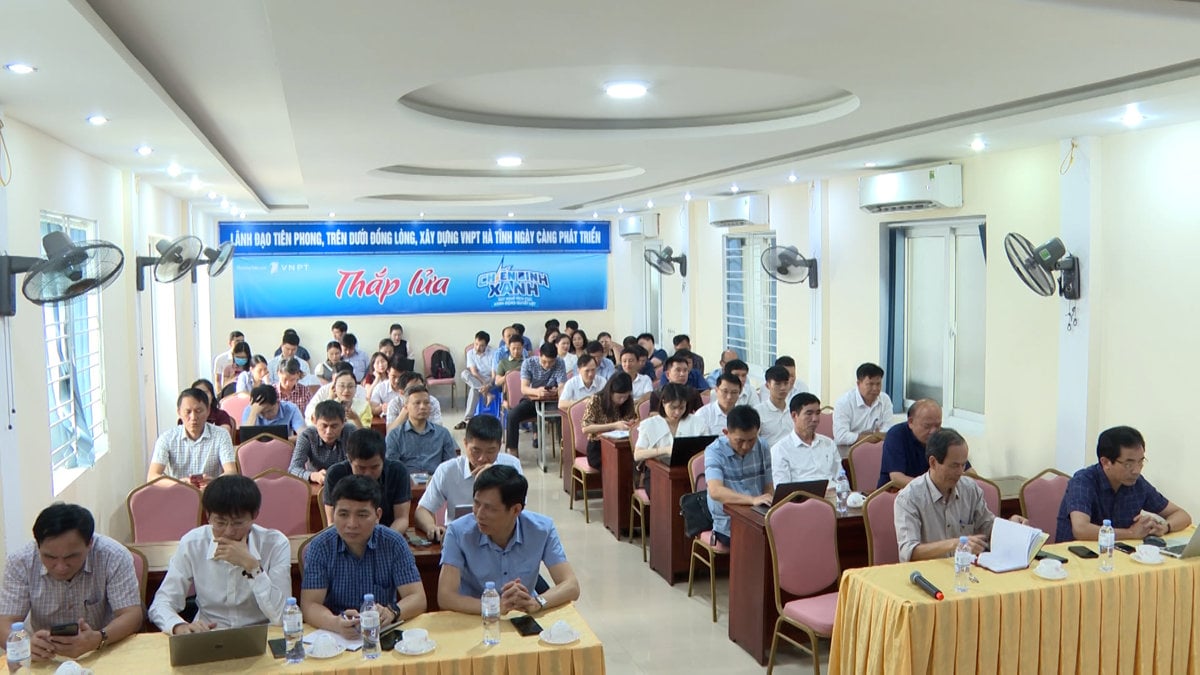


















Comment (0)